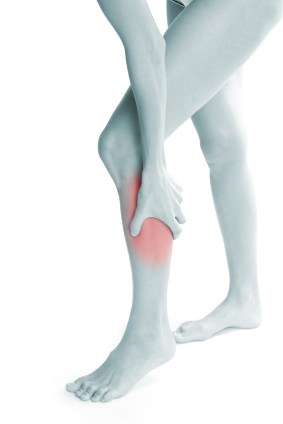Knee pain or injuries are extremely common, as it is a complex structure and one of the most stressed joints in the body. The knee is the largest joint, vital for movement and vulnerable to injury.
The most common knee injuries include fractures around the knee, dislocation, and sprains and tears of soft tissues, like ligaments. In many cases, injuries involve more than one structure in the knee. Signs of knee injury include pain and swelling. In addition, your knee may catch for lock up. Many knee injuries can cause instability – the feeling that your knee is giving way.
It is important to make an accurate diagnosis of the cause of your knee pain or injury so that appropriate treatment can be directed at the cause.
Types of Knee Injury
Fractures
The most common bone broken around the knee is the patella. Many fractures around the knee are caused by high-energy trauma, such as falls from significant heights and motor vehicle collisions.
Dislocation
A dislocation occurs when the bones of the knee are out of place, either partially or completely. For example, the femur and the tibia can be forced out of alignment, and the patella can also slip out of place. Dislocations can also be caused by an abnormality in the structure of a person’s knee. For those with normal knee structures, dislocations are most often caused by high-energy trauma, such as falls, motor vehicle crashes, and sports-related contact.
Anterior Cruciate Ligament (ACL) Injuries
One of the most common problems involving the knee joint is the anterior cruciate ligament injury or ACL tear. Of all the four major knee ligaments of the knee, an ACL injury or rupture is the most debilitating knee ligament injury. It can be torn by changing direction rapidly or landing from a jump incorrectly and is often injured by athletes who participate in high demand sports.
Posterior Cruciate Ligament Injuries
The posterior cruciate ligament can be injured from a blow to the front of the knee while the knee is bent. This often occurs in motor vehicle crashes and sports-related contact. Posterior cruciate ligament tears tend to be partial tears with the potential to heal on their own.
Tendon Tears
Both the quadriceps and patellar tendons can be stretched and torn. Although anyone can injure these tendons, tears are more common among middle-aged people who play running or jumping sports. Falls, direct force to the front of the knee, and landing awkwardly from a jump are common causes of knee tendon injuries.
What Treatment is Required?
When you are first injured, the RICE method – rest, ice, gentle compression and elevation – can help speed up your recovery.
If you suffer from any of the below, be sure to seek medical assistance:
• Hear a popping noise and feel your knee give out at the time of injury
• Have severe pain
• Cannot move the knee
• Begin limping
• Have swelling at the injury site
Many knee injuries can be treated with simple measures, such as:
Physiotherapy – Specific exercises will restore function to your knee and strengthen the leg muscles that support it.
Immobilisation – You may be recommended a brace to prevent your knee from moving. If you have fractured a bone, a cast or brace may be required while they heal. To further protect your knee, you may be given crutches to prevent you from putting weight on your leg.
Medication – Drugs like aspirin and ibuprofen can help reduce pain and swelling.
Some fractures and injuries around the knee may require surgery to fully restore function to your leg.


